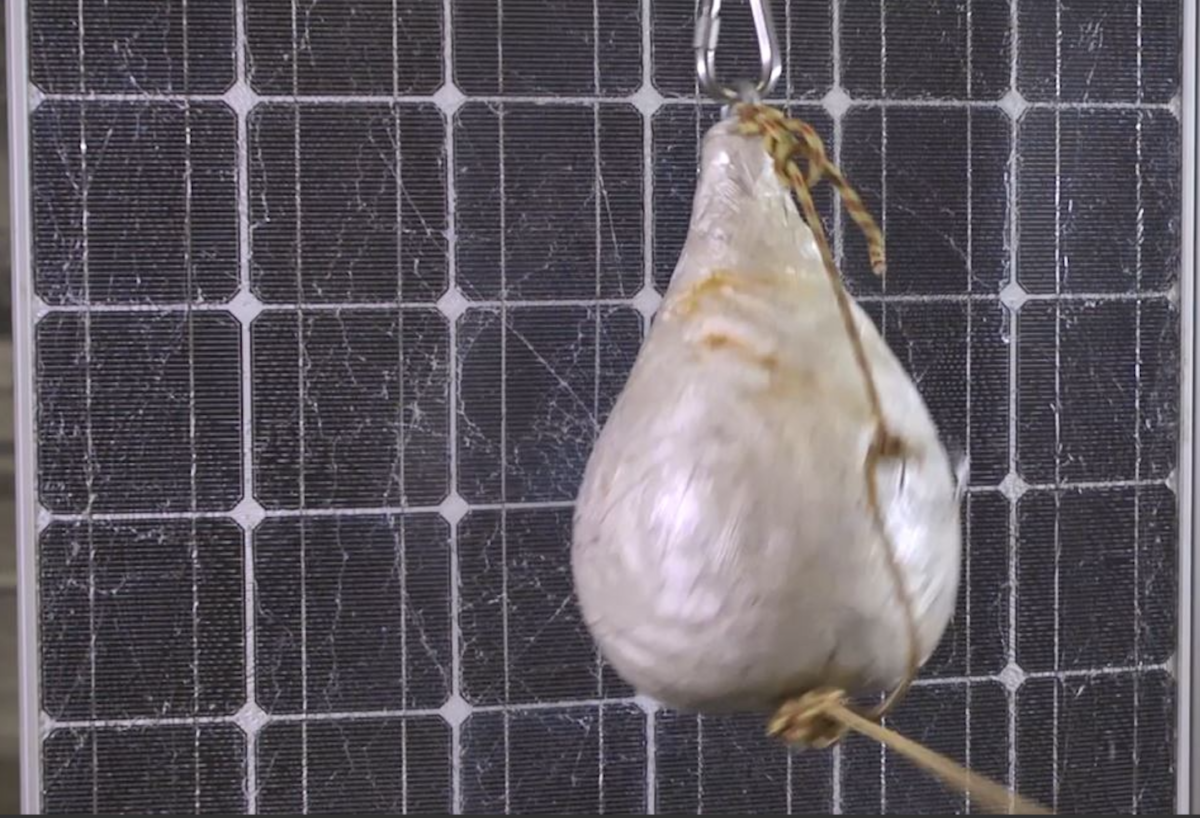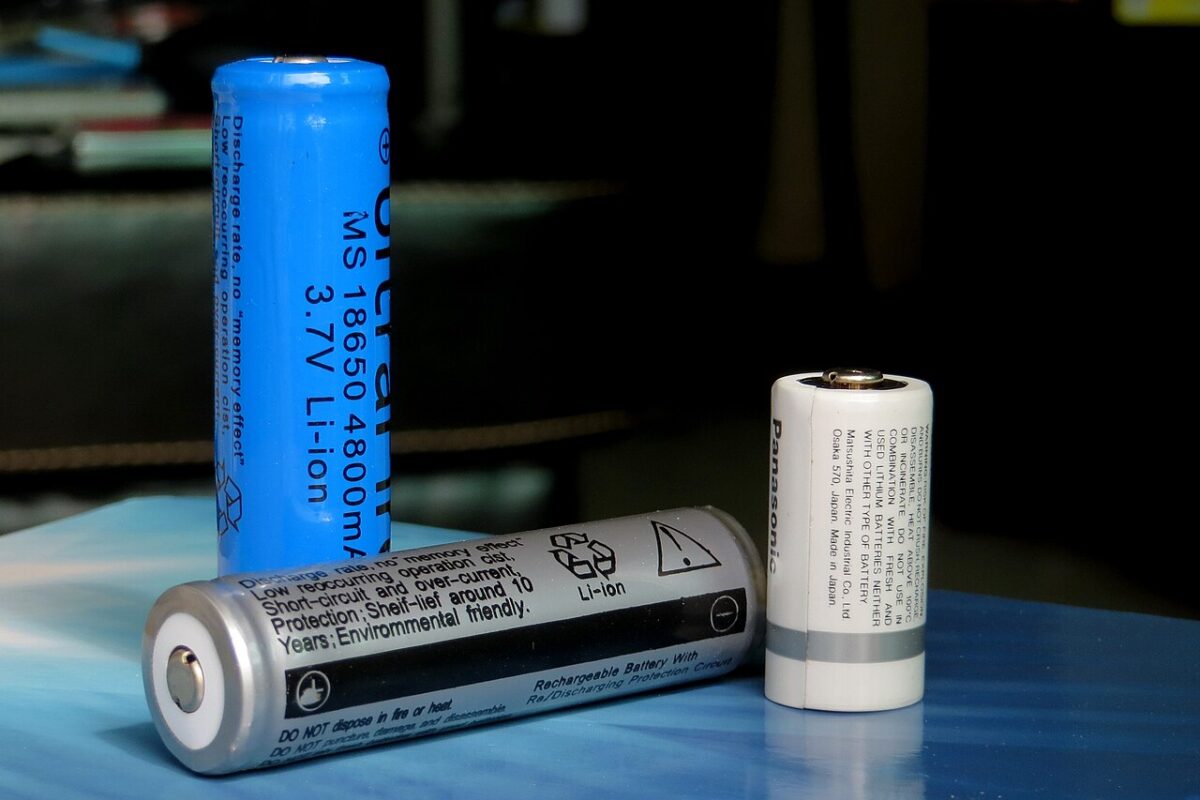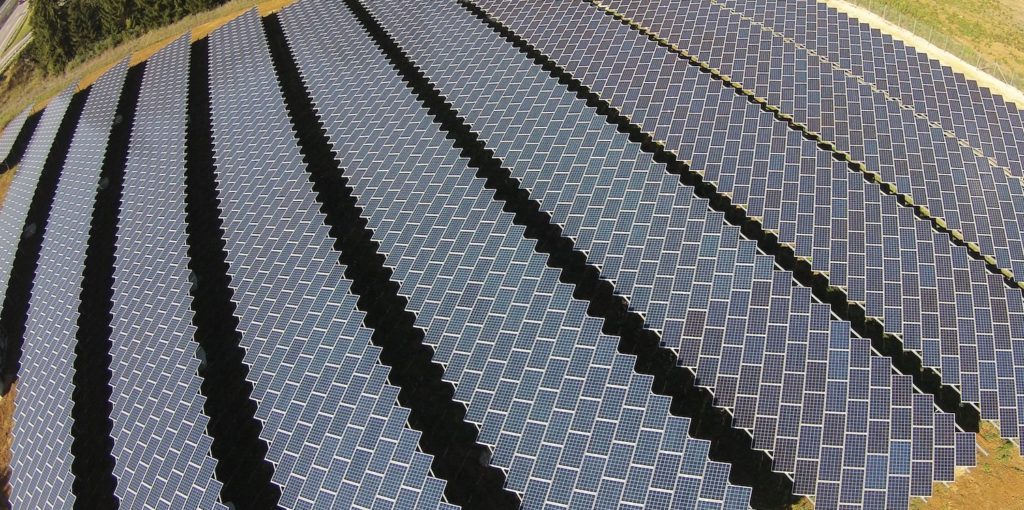Eternal love or a summer romance?
As we reported in the first article of this series, many players in the sector think that, with 500+ W solar modules, we are not facing a technological advance, but rather a trend that has been established among manufacturers to homogenize the market.
We have also seen that this strategy of pushing super powerful modules is relatively safe for manufacturers as, in principle, it allows them to reduce costs without introducing major technological innovations and “the risks that may arise are sufficiently diffuse so that the marketing department can mask them and only those who really know about the subject, who are not always the same people who buy the modules, are aware of them,” one of the companies that prefers not to be cited told pv magazine.
We have mentioned that this trend benefits mainly large or very solvent manufacturers, which means those that already have production lines allowing them to manufacture these types of modules or those that have resources to invest in them. The remaining panel makers are forced to increase expenditures to be able to join this new trend imposed by the big players and which has led to a certain monopoly.
“If we start to compare the typical quality indicators of a module from the point of view of performance (NOCT, efficiency, temperature coefficients …) we can see that the +500 Wp modules are not necessarily better than those of 400 W. Many improve only minimally in aspects that manufacturers can modulate at will due to a commercial interest, such as annual degradation, product guarantee and performance guarantee, that is to say, nothing tangible that can be verified in a laboratory,” Asier Ukar from PI Berlin told pv magazine.
The question then is: are we facing a trend that could be seen as the result of a commercial war seasoned with a lot of marketing, or a product that is here to stay?
A Trina representative said, “They are here to stay. The 210mm cells derived from 12-inch monocrystalline silicon ingots are the largest in the industry, they are a reality, and their production capacity grows more each year.” According to the panel manufacturer, the low open-circuit voltage that this module has, in addition to allowing the integration of a high number of modules per string, also brings a high short-circuit current that creates the need to develop other system components, such as solar trackers and inverters. “For this reason, the entire industry has mobilized to develop optimal compatibility with this new panel model in an alliance that involves companies such as nClave, Nextracker, ArcTech, Sungrow, Huawei, SMA, JA Solar, Risen, DNV GL and TUV Rheiland Group, among others, to extract all the benefits of an optimized photovoltaic system and offer greater integration to the photovoltaic source in the energy network of any country in the world,” it further explained.
Spanish inverter producer Ingeteam also believes we are seeing a positive trend: “Since these panels allow you to increase energy density and efficiency even more, they offer better costs per kWp,” a company's spokesperson told pv magazine. “This trend will end up being a standard until there is another turning point in cost optimization.”
A representative from Spanish wafer manufacturer Aurinka said that the half-cell and the bifacial are here to stay, while making larger wafers was still a matter of discussion. “Few companies are capable of making wafers above 166mm and below (or just one) at 210mm,” he stated. “These wafers are more fragile so the percentage of breakages in the manufacture of cells and modules will be higher. That is the main drawback of making cells bigger and bigger.” Another drawback, he added, is that most cell and module production equipment is not capable of processing those wafer sizes, so companies that have already made their investment in equipment are limited in that regard. “From our point of view, today, this responds more to a marketing strategy than to a real production scenario. As the cell and module manufacturers claim, none of these modules is mass-produced, and it seems more like a race for a headline than a real market strategy,” he concluded.
German module maker Solarwatt believes that “these modules are here to stay, but they will have their specific market, like all other technologies. There is and will be an increasingly specific range of modules for each client.”
Baywa re also believes that they will stay: “Since the beginnings of the solar photovoltaic industry more than 20 years ago, module manufacturers through investment in R&D have achieved continuous improvements in the efficiency of photovoltaic cells as well as in module technologies. This trend has been maintained in recent years and it is to be expected that many of these modules that are currently being launched will demonstrate their technical quality and suitability for their installation and will be massively manufactured in the future.”
Spanish developer Diverxia clarifies: “We believe that they are here to stay, but we must not forget either that the technology of the modules can advance in other aspects, not only in power.”
German PV product distributor Krannich is also optimistic: “All manufacturers seek to innovate and advance with the technology they produce. The logical thing is to think that what is now a trend is here to stay.” According to the company the production costs associated with ultra-powerful modules can be reduced later, but the current situation – marked by the coronavirus crisis and various accidents in some of the large factories that supply polysilicon wafers – is preventing that from happening. “Today there are certain supply problems that have caused a general increase in prices,” a company spokesperson told pv magazine. “Looking to the end of the year, there is a high demand for high-power panels due to the large projects that are pending, especially in China.” According to Krannich, the demand for these types of modules is higher than current production capacity, and this is resulting in an increase in prices. “Once these stabilize, we can see that this technology is here to stay,” the spokesperson concluded.
This content is protected by copyright and may not be reused. If you want to cooperate with us and would like to reuse some of our content, please contact: editors@pv-magazine.com.




This is an ideal technology which suits Africa where sun is in plenty,